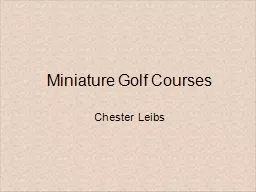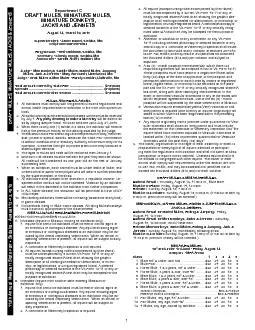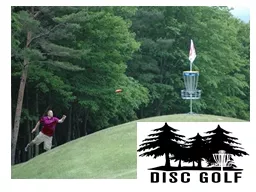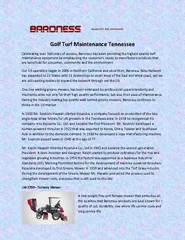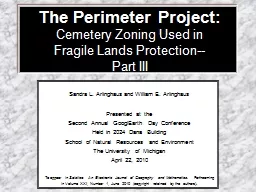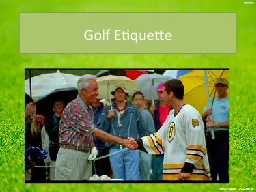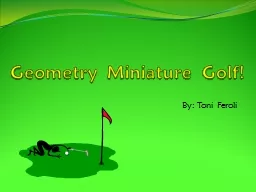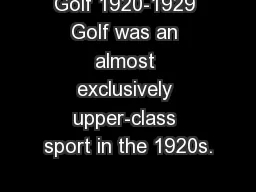PPT-Miniature Golf Courses
Author : luanne-stotts | Published Date : 2016-05-31
Chester Leibs What does the article do Why is the miniature golf course is important to the American landscape methods for the manufacture and construction of the
Presentation Embed Code
Download Presentation
Download Presentation The PPT/PDF document "Miniature Golf Courses" is the property of its rightful owner. Permission is granted to download and print the materials on this website for personal, non-commercial use only, and to display it on your personal computer provided you do not modify the materials and that you retain all copyright notices contained in the materials. By downloading content from our website, you accept the terms of this agreement.
Miniature Golf Courses: Transcript
Download Rules Of Document
"Miniature Golf Courses"The content belongs to its owner. You may download and print it for personal use, without modification, and keep all copyright notices. By downloading, you agree to these terms.
Related Documents

